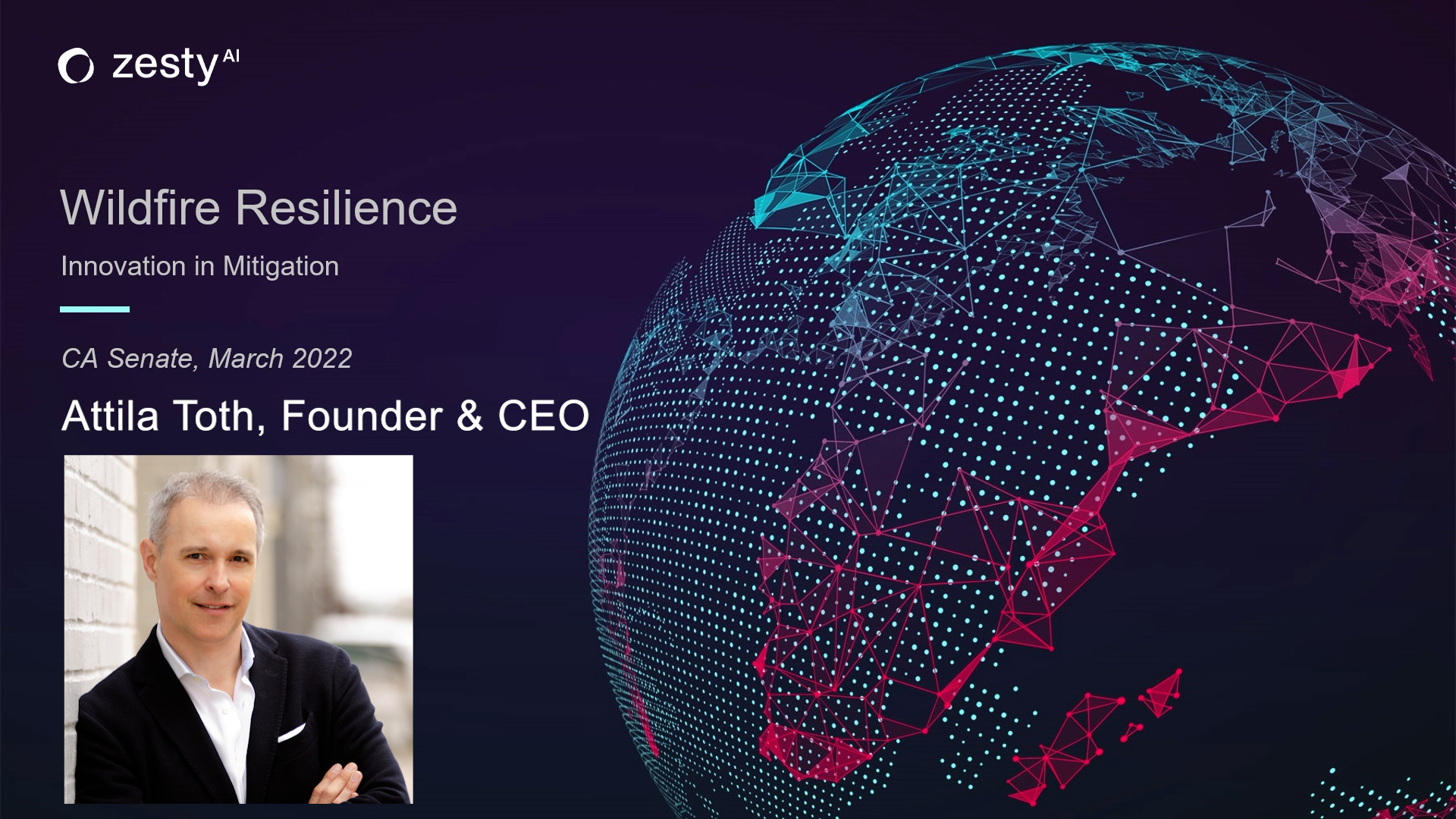Insurers in Oregon Face New Wildfire Rules in 2024
As the risk of wildfires continues to grow, states like Oregon are taking proactive measures to ensure the transparency and accuracy of homeowners insurance rating plans. Following in the footsteps of California, Oregon has implemented new requirements that will come into effect on January 1st, 2024.


Oregon's New Requirements
Oregon will soon mandate that insurers communicate property-specific information related to wildfire risk to homeowners. However, many existing wildfire risk tools fall short of providing the necessary data for compliance. Let’s explore the implications of Oregon's new requirements and how the right tools can assist insurers in meeting these obligations.
Starting in 2024, insurers in Oregon will need to adhere to transparency requirements for homeowners insurance rating plans, specifically regarding wildfire risk. The legislation mandates insurers to notify homeowners about cancellations, non-renewals, or premium increases resulting from wildfire risk factors. Within these customer notices, insurers are being asked to provide property-specific characteristics related to wildfire risk including mitigation actions that homeowners can undertake.
Here’s a quick list of what the mandate is asking insurers to provide:
- Property-specific characteristics related to wildfire risk
- Mitigation actions that homeowners can undertake
- Descriptions of how the insurer uses wildfire risk scores
- Details including: how those scores are determined, the range that can be assigned, and the relative risk assigned to the individual property
- Potential impact of mitigation efforts on the risk score
- For premium increases, which mitigation actions could result in a discount or adjustment, and by how much.
Implications for Insurers
These new requirements will require insurers to communicate with homeowners based on individual property information, highlighting the potential for mitigation measures and associated discounts. Insurers using wildfire risk tools that take into account mitigation factors that are within the homeowner's control, such as vegetation, fuel, or brush could be found to be non-compliant if they do not have a way to communicate:
- What wildfire risk mitigation actions the insured could undertake, if any, that would result in a discount, incentive or other premium adjustment.
- The amount of the potential discount, incentive, or other premium adjustment.
To prepare, insurers will seek better solutions to ensure they can effectively meet these obligations and enhance transparency in their communication with homeowners. ZestyAI is prepared to help insurers comply with these requirements. The company has actively led and participated in the consideration of these changes in California, as well as partnered with actuarial organizations to arm insurers with appropriate strategies for complying with similar regulations.
Oregon's Response to Wildfire Risks Could Signal a Broader Trend
Oregon’s law aims to limit the possibility that wildfire risk maps would increase consumer insurance costs, as well as bolster the transparency with which insurers communicate mitigation opportunities to homeowners.
This move by Oregon reflects similar actions made by California last year, where the California Department of Insurance mandated that insurers provide discounts based on 12 mitigation factors to consumers who take steps to protect their homes and businesses from wildfires, in addition to other requirements. These changes in Oregon contain multiple similarities to those in California and could signal a broader trend of states regulating how insurers respond to the growing wildfire risks.
Addressing Regulatory Changes
In 2022, CEO & Co-Founder Attila Toth testified to both the California Department of Insurance (DOI) and the Senate Assembly on how these changes can be effectively addressed with cutting-edge solutions such as Z-FIRE™. In his testimony, he referenced a few key examples from actual homes and fires, further demonstrating how the industry is using Z-FIRE to improve resilience to wildfire.
Toth also spoke to the importance of insurance providers utilizing the newest science when looking at a property to get an accurate view of risk, “by incorporating science-backed details like overhanging vegetation, roof material, neighborhood density, slope, proximity to firefighting services, and ease of suppression, our model determines wildfire risk absent the bias and inequities introduced by human analysts or inspectors. Just real fires, real damage, and observable property features.”
How has ZestyAI helped insurers comply with similar regulations?
ZestyAI Launches Product for Rapid Compliance
ZestyAI's Solution: Z-FIRE
ZestyAI's AI-powered wildfire risk solution, Z-FIRE, is already being utilized by insurers in Oregon. This innovative tool enables insurers to comply with the new requirements by offering risk explanations, assessing the potential impact of mitigation measures, and providing regulatory support for new filings. Z-FIRE stands out for its ability to generate risk scores based on property-specific data.
Factors such as overhanging vegetation, roof material, neighborhood density, slope, and ease of suppression are taken into account, resulting in a comprehensive and accurate assessment of wildfire risk.
Z-FIRE currently provides wildfire risk scores for all properties in the US, and has already been approved in multiple rate and underwriting filings across most wildfire-prone states, making it the most widely adopted AI-powered wildfire risk model in the industry.
About ZestyAI
ZestyAI offers insurers and real estate companies access to precise intelligence about every property in North America. The company uses AI, including computer vision, to build a digital twin for every building across the country, encompassing 200 billion property insights accounting for all details that could impact a property’s value and associated risks, including the potential impact of natural disasters. Visit zesty.ai for more information.









